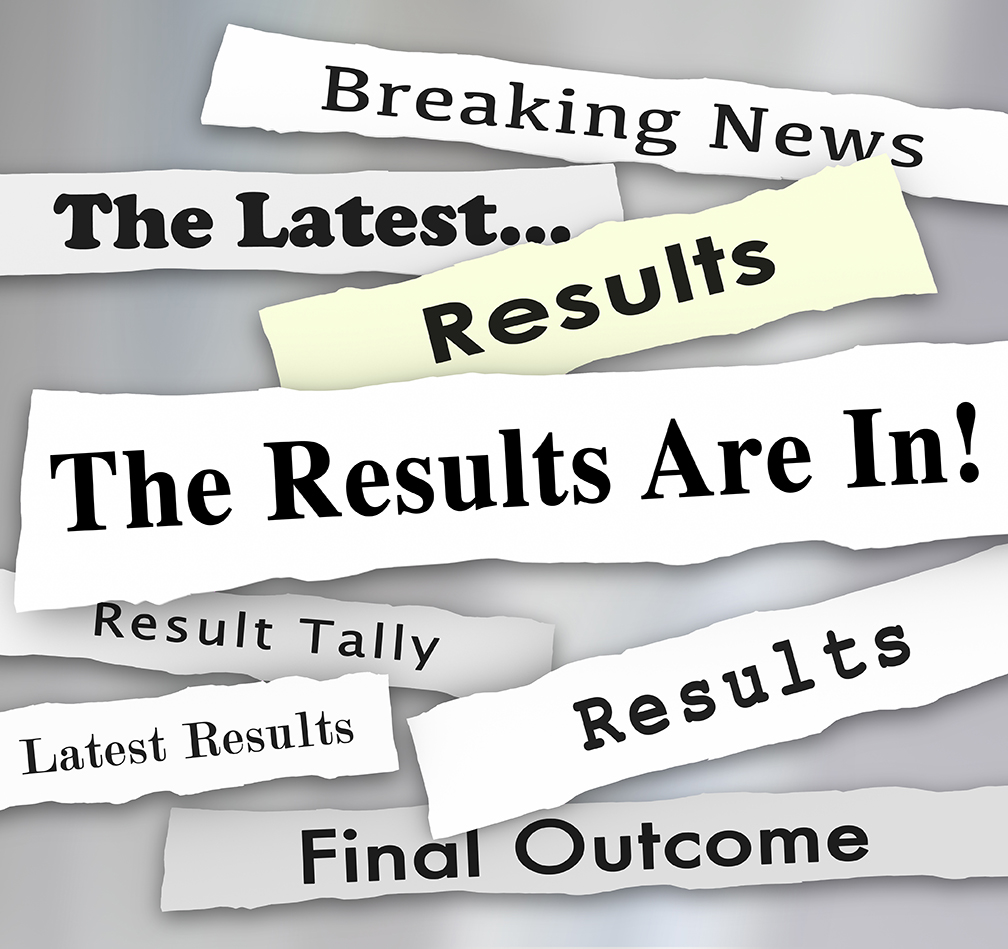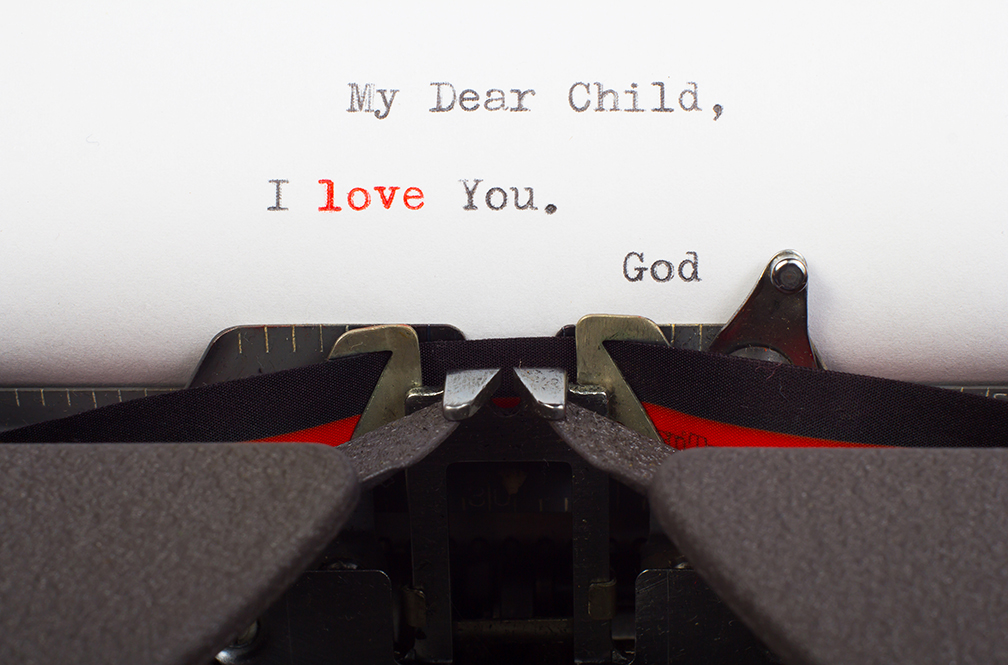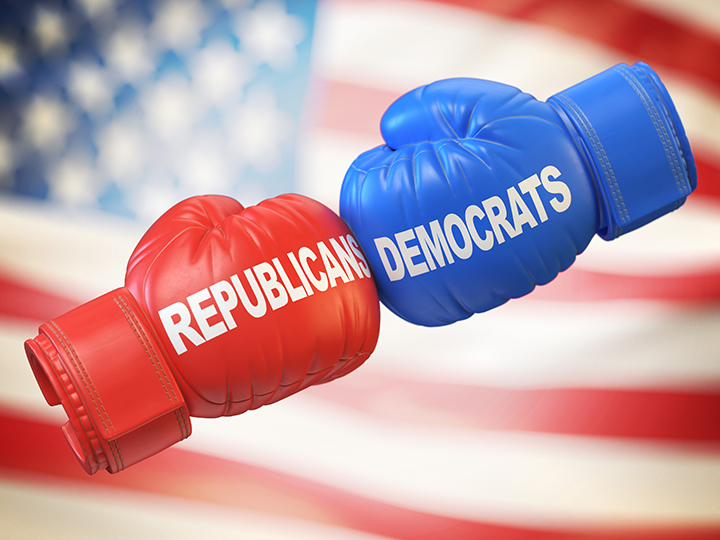What The Polls Show


by Brendan Smith
Weirs Times Editor
A lot of Americans are anxiously awaiting Election Day.
I am pretty sure that anyone who actually votes has already made up their mind.
In fact, a lot of folks have already voted by mail.
So, we sit and wait and wait.
Waiting for elections can be boring, so we are always looking for something to keep us occupied in the meantime.
That is why polling was invented.
Polling is the process where a group of people go around with clipboards or sit at desk and call people on the telephone and ask possible voters their opinions about certain issues or candidates.
The polls are then released and looked at by everyone else who was never asked about the issues or candidates. This is about 99.99 percent of the population (give or take a millionth of a percent). It helps them understand what that one millionth of a percent is feeling about an issue or who they are going to vote for (or already voted for) in an election. Even though no one you know, or will ever know, has ever actually been asked about any of these things.
According to one of these polls I saw, most people believe that these polls are accurate (or the 99.99 percent asked believe is true).
Of course, you might be disheartened when you look at a poll when you find out that most of the people, according to that poll, do not agree with you.
This is when you search out another poll.
You see, there are dozens of these polls where very small amounts of people are asked what they felt about an issue or who they were going to vote for. Within these hundreds of polls, you are guaranteed to find at least a couple that align with your way of thinking.
These are the polls you will come to trust.
Take for example this upcoming Presidential election. If you look online you can find dozens of polls that have different results. One guy is up by ten, in another he is up by just one. Another poll has both candidates tied and another has the other guy winning.
If you try to follow all of these polls, you’ll drive yourself nuts. So, do what I do; just find the poll that best aligns with your thoughts and take that one as the correct poll.
This may seem very unscientific, but it is the same process used by the news media, so you know it must be true.
In fact, the media uses polls this way all the time and if they can’t find a poll that doesn’t agree with their unbiased (wink) way of reporting, they will come up with their own poll and keep talking to people till they get the poll exactly as they want it.
This is otherwise known in the polling business as a “scientific random sampling.”
During a big election like this one, the poll numbers change daily. Whenever a candidate opens his mouth, even if it is just to yawn, a new poll must be taken to get a feel for what all those people you have never met, and never will meet, think about this.
To keep the polls interesting, they will often focus on smaller groups of society to find out where they stand. These are called “focus groups.” For example: “Single men over forty with borderline high blood pressure who earn over $50,000 a year after taxes and like anchovies on their pizza” might be a focus group. Also “People who don’t consider themselves part of a focus group” could be another.
The possibilities are endless.
If you can’t get enough of just looking at polls, you can always turn on the television and listen to people who will tell you what the polls mean. They will explain that the candidate who has lower poll numbers is losing and the candidates with higher numbers are winning. These people are known as “poll experts.”
When Election Day finally comes, the pollsters find themselves close to being out of work for a while, so they hang in for one more paycheck by conducting exit polls.
They select a random group of people who just voted, usually people with nothing else to do that day, and they ask them who they voted for. Using this highly scientific method, the pollsters will usually know who won the election a little bit before 10am on Election Day.
These results will then be sent to the television stations who will, based on two percent of the votes cast, be able to correctly “call” the election before lunchtime.
Some polls this year suggest we might not know who wins on Election Day, which would put kind of a crimp in the whole process. After all, the sooner we can finally have a winner declared in this election, the sooner the pollsters can get to work taking polls to find out who those people you will never meet think will be the candidates for president in 2024.
Brendan is the author of “The Flatlander Chronicles”, “Best Of A F.O.O.L. In New Hampshire” and “I Only Did It For The Socks Stories & Thoughts On Aging.” All three are available at BrendanTSmith.com.



